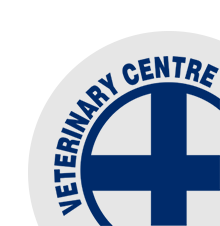Clostridial Boosters Pre-Lamb
/Which vaccine? We stock clostridial vaccine that has been rigorously tested, reliable and has good science and technical support behind it.
Multine 5 in 1 works. It has clostridium perfringens type D (plus tetanus and 3 others) that is the main cause of pulpy kidney. It has been shown to have higher antibody peak than other 5 in 1 vaccines. We take the view that more antibodies are better, and covers variables of lambing date from vaccination and amount of colostrum ingested by lambs. Multine 5 in 1 also comes with B12.
Covexin 10 in 1 is favoured when the clostridial risk is greater and for stud stock. The risk is higher for ewes and lambs when grazing legume dominant or high sugar feeds, for example Lucerne and fodder beet. Covexin 10 has been shown to have excellent antibody levels and superior to other 8 in 1 vaccines.








